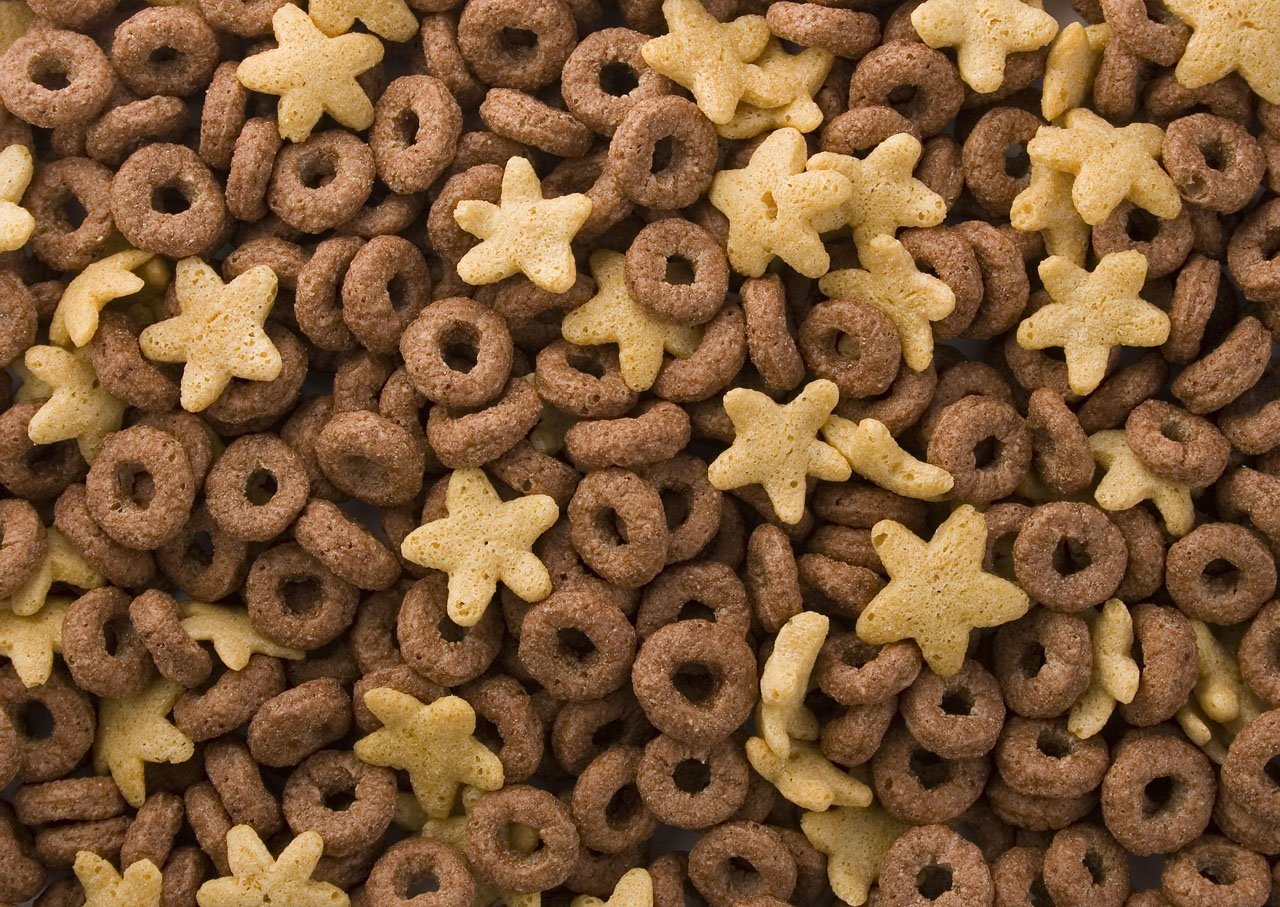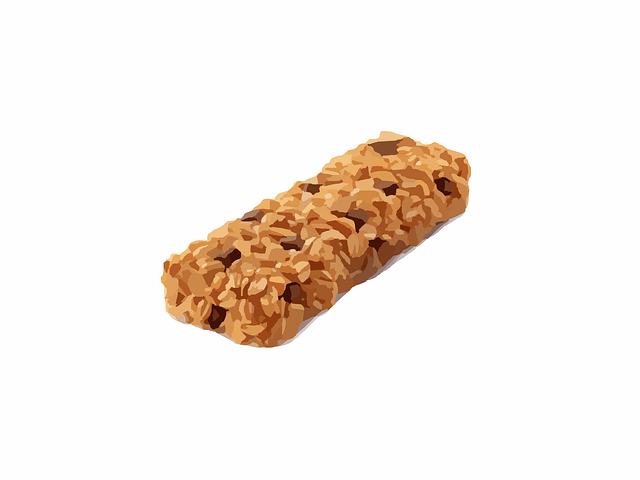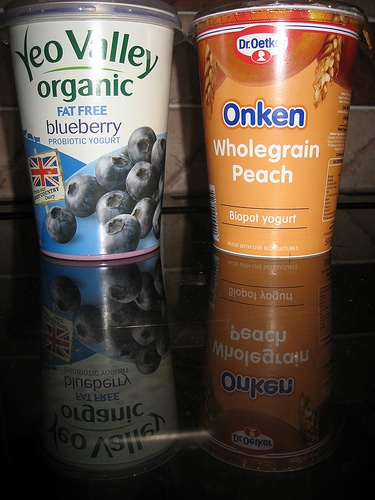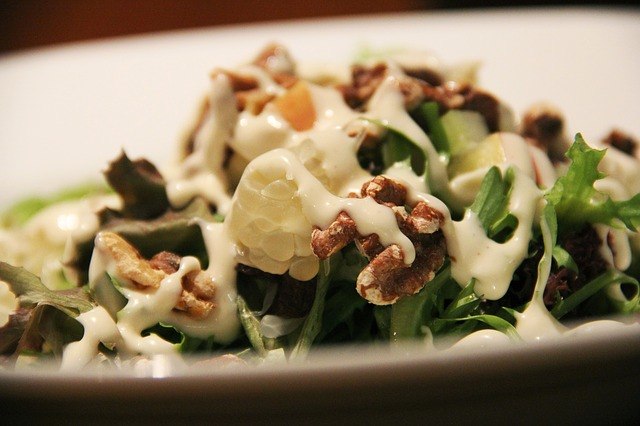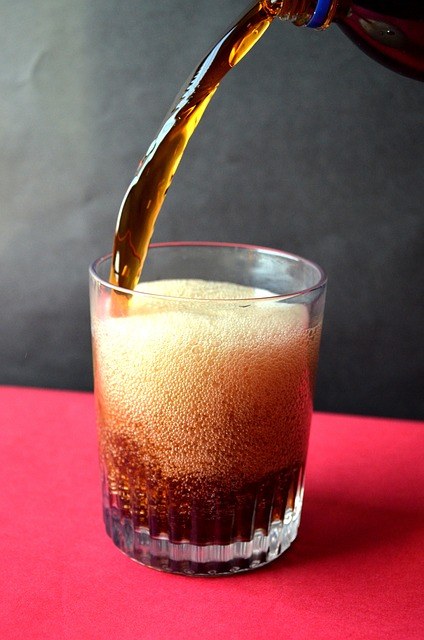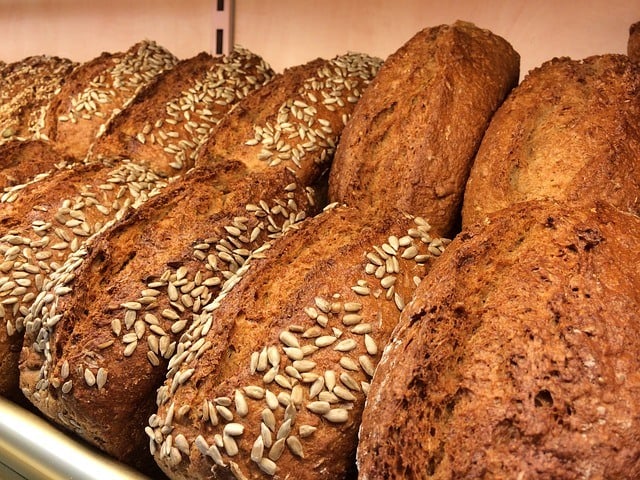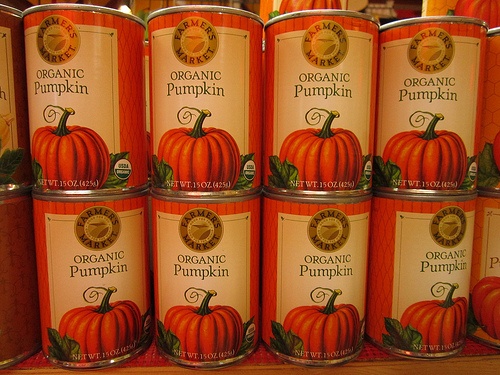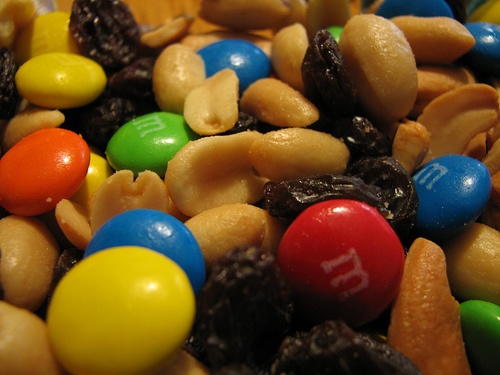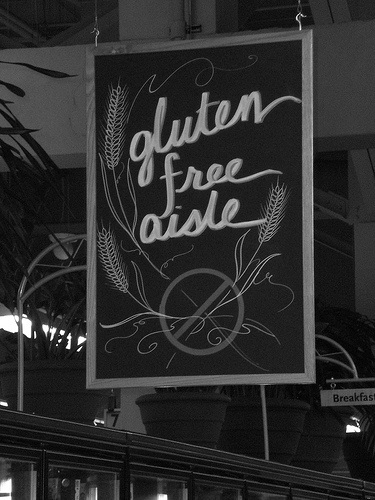So how can we decide which information is fad and which one is real? The answer is science and research studies (especially those which are peer-reviewed). We should only trust information that is backed by real science and has been proven by peer-reviewed research / study. However, are they really that healthy? Read more to learn the truth.
1. Breakfast cereals
This is what the majority of people are eating every single morning. And yet, it might be the worst food choice you can possible eat as breakfast. Why? Cereals are usually loaded with sugars and refined carbs (read here and here on why they are some of the worst and fattening ingredients in existence). They will spike your blood sugar and insulin levels, and a few hours later when your blood sugar crashes, your body will be desperate for another highly refined carbs snack. (Study) So what should you eat for breakfast then? You should eat something that is unprocessed and has protein and fiber in it (like eggs and vegetables).
2. Granola
The real, natural granola contains some healthy ingredients like oats and nuts, however the food industry has processed it by adding sugar, oil, and other fillers. The processed granola contains high amount of sugar, which makes it very energy dense, and easy to over-consume (leads to obesity). (Study)
3. Low fat yogurt
Unlike the Full-fat yogurt, Low-fat yogurt has been highly processed by the food manufacturer: saturated fat has been removed, while many other stuffs (sugar, high fructose corn syrup, artificial sweetener) has been added. This study shows that saturated fat is actually harmless. There is also another study that shows people who ate the most high-fat dairy products were the least likely to be obese. So if you love yogurt, you should eat the real, full-fat yogurt (which is most probably much healthier than the highly processed low-fat yogurt).
4. Commercial Salad Dressings
Salads are usually healthy meals, it contains many types of vegetables that are loaded with nutrients, antioxidants, soluble fiber, and various good stuffs. However, most people don’t like the taste of “just salads”, so they add dressings to improve the taste. The problem with most commercial dressings is that they’re made with nasty ingredients like soybean oil (which are way too high in Omega-6 fatty acids — leads to inflammation) and high fructose corn syrup. So, how can i improve the taste of my salad while staying healthy? Well, you can always make your own dressing (you use extra virgin olive oil, vinegar, and other spices to add taste). *PS: Check out this recipe that taste as good as french fries
5. Fruit juices
Fruit juice is usually very high in sugar, and has very low fiber content. Those which are sold in bottles may not even have any actual fruit content: it may just be made of water, sugar, and some flavoring additives. Whole fruit do contain some sugar, but it is bound within the fibrous cell walls, which slows down the release of the sugar into the bloodstream. So if you love fruit, it is better to eat whole fruit rather than drinking fruit juice.
6. Diet soft drinks
How many of you think that Diet Coke is healthier than normal Coke? This study found that people who replace sugary soda with diet soda don’t end up weighing less after six months. The explanation is probably because even though the artificial sweeteners themselves are caloric free, they may stimulate the appetite in some people, and make them eat more of other foods. ( Read more here, here, and here ) That being said, some people can lose weight changing their normal soda to drinking diet soda, but that’s most probably because they are also changing other things as well (such as their food intake and exercise routines).
7. Whole wheat bread
You might think that whole wheat bread is healthy, and to some extent that is true. It is relatively healthier as compared to refined wheat bread (the white color one). But you know what, the food industry is full of scam-my marketing tricks, and the main problem with most whole grain foods are that they aren’t made with actual whole grains. The grains have been processed into very fine flour that is just as easily digestible and spikes blood sugar just as fast as refined grains (no wonder they taste as fluffy as the white bread). In fact, here’s a research by Harvard University that shows the comparison of Glycemic Index of whole wheat bread as compared to regular white bread (HINT: it is high as regular white bread). Also, many studies show that many health problems (especially for gluten-sensitive people) are related to the consumption of whole wheat. (study, study, study)
8. “Organic” processed food
Do you realize how many items in the supermarket that are labeled as “organic”? When you actually look at the ingredients labels for many of these organic, “healthy” meal replacement bars, crackers, snacks, and others; then you will learn that they aren’t that much different from the non-organic equivalents. Sure, they might contain organic cane sugar instead of regular sugar… but organic sugar is just as bad as regular sugar. Your liver won’t tell the difference. So, it’s better to eat whole, single ingredient foods (organic if you can afford it), but avoid organic processed foods.
9. Trail mixes
Trail mixes usually contain dried fruits, nuts, and sometimes chocolate and grains. The dried fruit usually has a lot of sugar content and the nuts are loaded with fats. For this reason, trail mixes is a very energy dense snack, which can be useful when you need a lot of energy (such as when doing intense exercise). However, if you eat it frequently while maintaining a relatively sedentary lifestyle, it will surely result in weight gain.
10. Processed Gluten-Free Food
Gluten is a protein found in many grains, including wheat, rye, and barley. It’s found in most breads, cereals, pastas, and many processed foods. Gluten-free is a term that is becoming more and more popular nowadays. According to a survey in 2013, around 30% of adults in the United States say that they want to cut down or be free of gluten in their diets. No wonder you can easily find many gluten-free replacement products in the supermarket around the country. The problem with those foods are they are usually just as bad as their gluten containing counterparts. These foods are usually made with highly refined carbohydrates, sugar, and various chemicals. If you are going to eliminate gluten, you should choose foods that are naturally gluten free (such as : Quinoa and Flaxseed), instead of processed gluten-free foods. Junk food with “gluten free” on the label is still junk food. After all, gluten-free foods are only needed by people who are suffering from Celiac Disease (who develop an immune reaction to gluten that damages the intestine). And only about 1% of the population suffers from Celiac Disease. Beware of mainstream nutritional wisdom that are not backed by science. Find this article useful? Feel free to share it with your friends.
